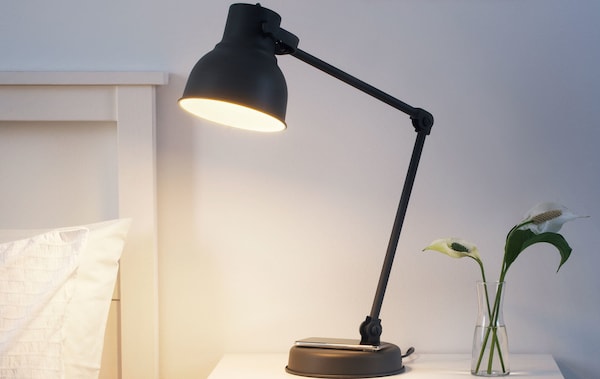How to create sleep-friendly light in your bedroom
From dimmable lights to a digital device ban, here’s how to use light to help you get a better night’s sleep. The light levels in your bedroom play a pretty important role in the length and quality of your sleep. Follow these four tips to harness the power of light in the battle for better kip.
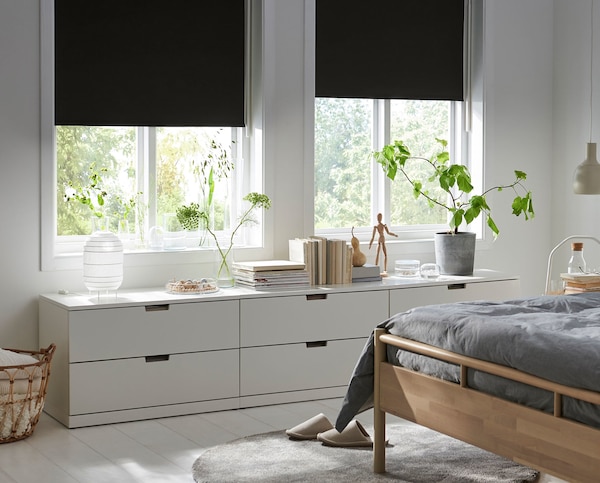
Shut the world out
Make your room extra dark at night by installing blackout curtains or blinds. This will help to create a sleep-inducing environment and minimise disturbance from outside sources of light, such as security lights or sunlight in the morning. If that’s not enough of a barrier for you, try using an eye mask, too.
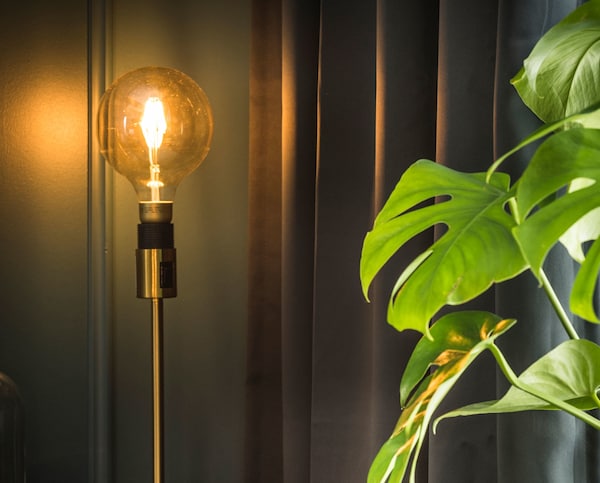
Set the mood
Dimmable lights are a great way to get yourself ready for sleep. Even better are lights that you can dim and turn on and off from a distance using a remote control. As your eyelids begin to droop, simply press a button from the comfort of your bed and drift off into the land of nod.
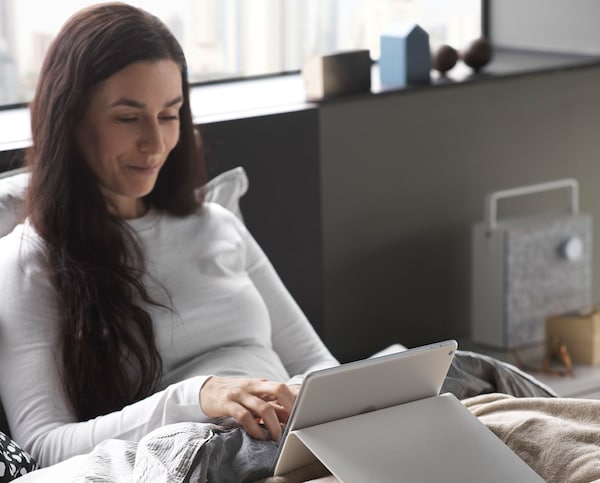
Switch off
The blue light emitted by our digital screens makes our brains think it’s time to be awake, so it’s important to keep technology out of your bedroom, at least for the hour before you go to sleep.
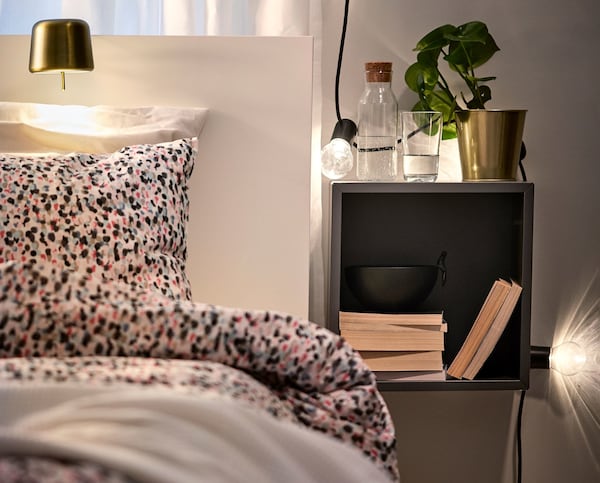
Wake up naturally
Sudden exposure to a harsh burst of light caused by opening curtains or turning on a light just after waking up isn’t many people’s ideal way to start the day. Instead, ease yourself awake with a lamp that has a timer switch or a wake-up light alarm clock.















